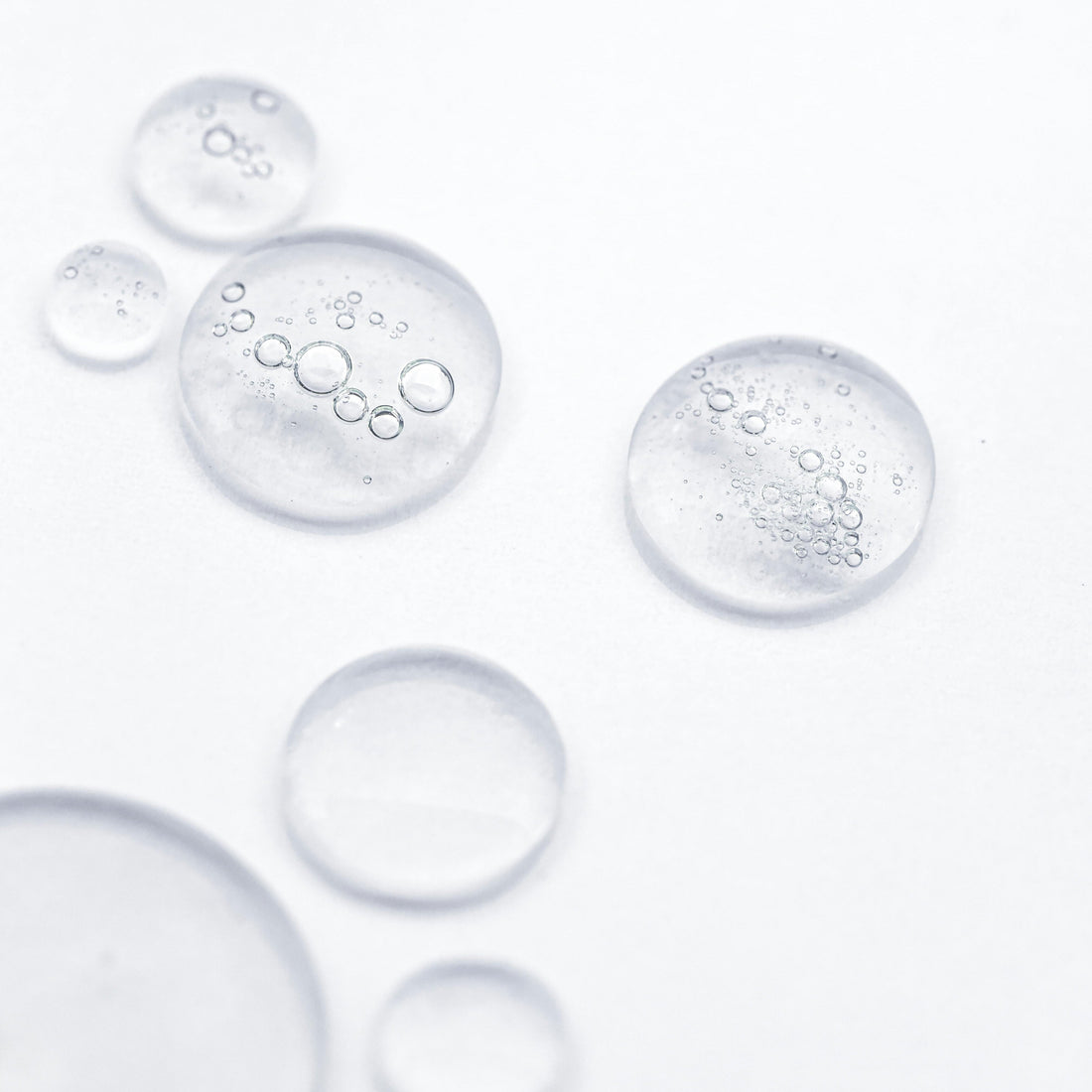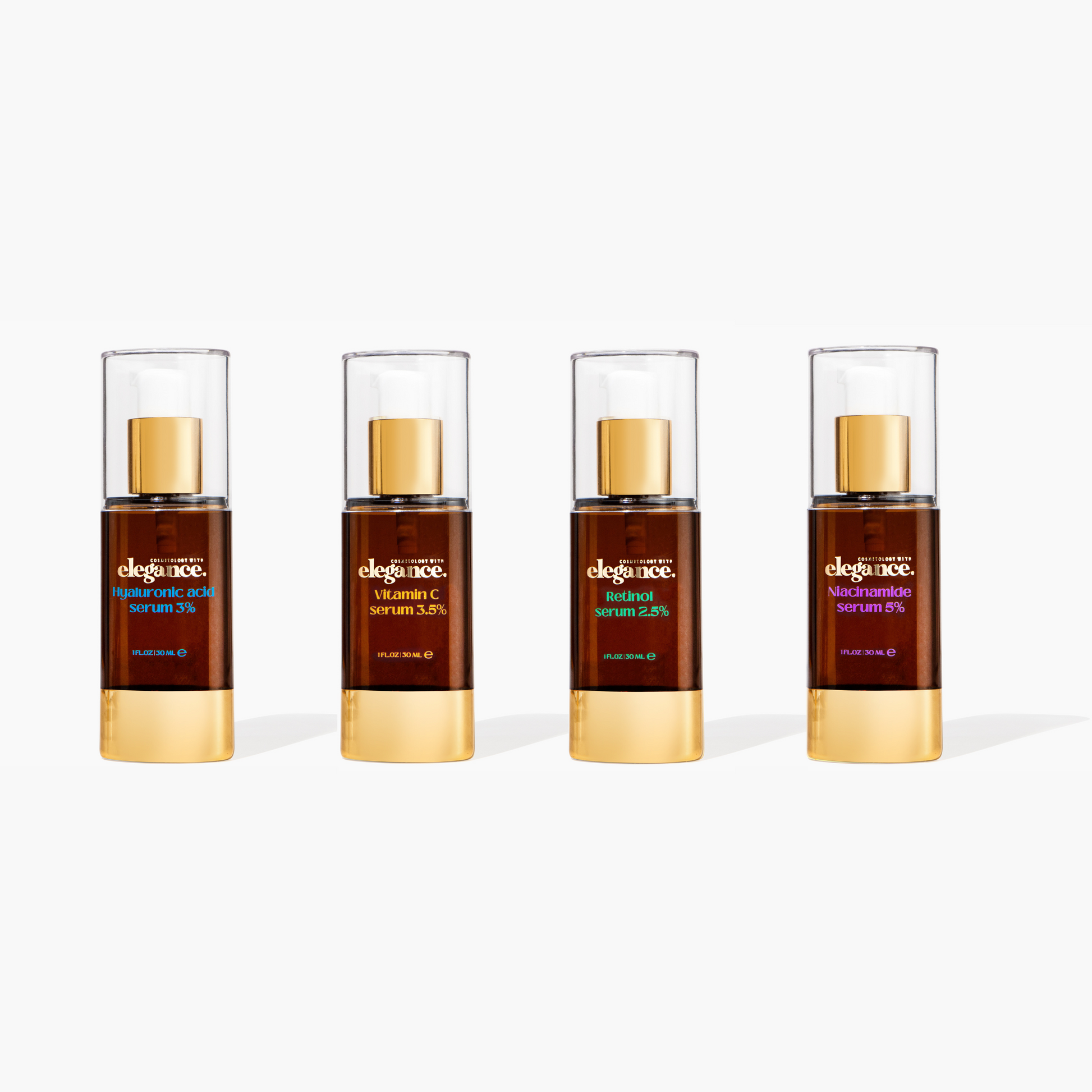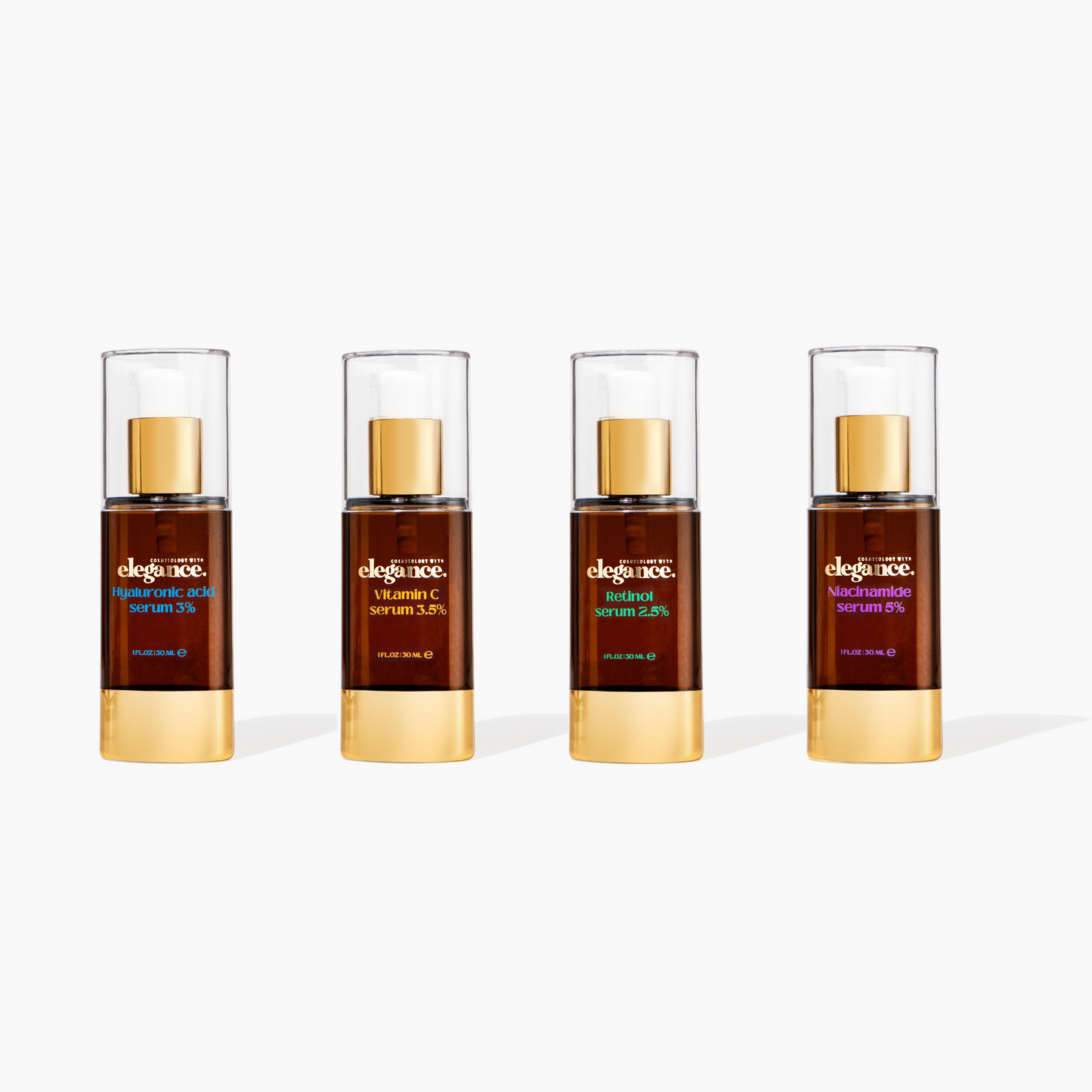How often do you exfoliate?
I’ll bet it’s more than you think! Take a look at this routine and see if you can guess how many times this person exfoliates in a day.
Morning Routine:
- Cleanses with an AHA wash
- Toner with glycolic acid
- Face scrub
- Citric acid serum with vitamin C
- Moisturizer
- SPF
Evening Routine:
- Cleanses with an AHA wash
- Toner with glycolic acid
- Face scrub
- Salicylic acid and niacinamide serum
- Moisturizer
- Retinol
Alright, take a guess… that totals to **nine times** in a single day! And this doesn’t even include visits to a skin therapist for microdermabrasion or chemical peels. Many people are unaware of the difference between “chemical exfoliants” and “physical exfoliants.”
So, what is exfoliation used for, exactly?
Exfoliation is the process of removing dead skin cells that accumulate on the outer layer of skin, known as the epidermis. Whether you use a chemical or physical exfoliator, the goal is to prevent clogged pores and reveal the fresher, healthier skin beneath. Exfoliation also supports the skin’s natural cell turnover process, which starts in the dermis when fibroblasts stimulate the production of new collagen and elastin fibers.
In young, healthy skin, cell turnover occurs roughly every 28 days. However, as we age, this process can take anywhere from 40 to 60 days or longer. This is important to keep in mind, especially when we discuss retinol.
There are two primary exfoliation methods: physical and chemical. Both aim to clear away dead skin cells, promote cell turnover, and leave the skin looking brighter and smoother, but they achieve this in different ways. Understanding how each method works is essential for selecting the right exfoliator for your skin type and concerns. When cell turnover is slowed, it can lead to skin issues like dullness, uneven tone, and breakouts from clogged pores.
Chemical exfoliant:
Fall into categories such as AHAs (alpha-hydroxy acids) and BHAs (beta-hydroxy acids). Unlike physical scrubs, these acids dissolve the “glue” that binds dead skin cells, allowing them to loosen and slough off more easily.
Physical exfoliants:
Contain small particles—think coffee grounds, jojoba beads, or sugar granules—that require you to manually buff them into the skin. Other forms of physical exfoliation include microdermabrasion treatments and any textured face mitts or washcloths. However, be cautious with larger particles, as they can be too abrasive and may cause “micro-tears” in the skin, which can harm the skin barrier. This is why I recommend avoiding scrub exfoliants and suggest opting for a professional facial every 4 to 6 weeks instead.
Remember, excessive exfoliation can do more harm than good!



